Immigration status determines an extraordinary number of aspects of life in the United States, including access to employment, education, and social and health services. There are four types of immigration status in the United States. They are:
U.S. Citizens
U.S. citizens are those who were born in the United States or who have achieved the status of naturalized citizens by virtue of several years spent as permanent residents. Individuals holding this status are free from fear of deportation, have access to employment, education and public benefits, and are able to petition for legal status for their children, parents, siblings and spouse.
Legal Permanent Residents or Conditional Residents
Also known as green card holders because of the green permanent resident card that they are given, these individuals are authorized to live and work in the United States on a permanent basis. This status can be achieved through sponsorship of a family member or employer in the U.S. or through refugee or asylee status or another type of humanitarian program. Some individuals can file for themselves under specific circumstances. Conditional residency applies to individuals who have been married less than two years prior to having received their green card. This status will be terminated if you and your spouse fail to file to remove it within the defined time limit. Whether permanent or conditional, those with resident status can live and work in the United States permanently unless they are convicted of a serious criminal offense or immigration violations. They are also able to petition for legal status for their spouse or child and can apply to become a naturalized U.S. citizen within a prescribed period of time.
Non-Immigrants
These individuals are present in the United States legally but temporarily, with no intention of immigrating. They may include students who are here on F-1 visas, business visitors or tourists here on B1 or B2 visas, those engaged and planning to marry U.S. citizens, and individuals who have been granted temporary protected status.
Undocumented
These individuals are in the United States illegally, without any permission (or documentation) permitting them to be in the country whether temporarily, permanently, or as asylum seekers. They have no legal access to work, education, health care or social services and are perpetually at risk for removal from the country.
There are two ways people can become undocumented. The first, as was the case with my family, is to overstay a legal temporary visa. The second is to enter the U.S. without going through a port of entry.




